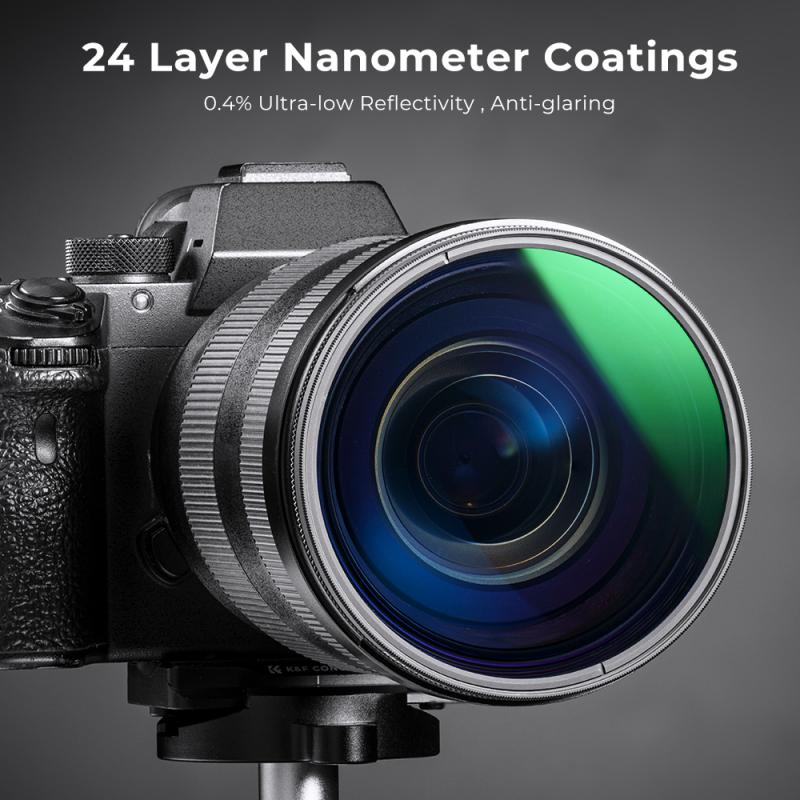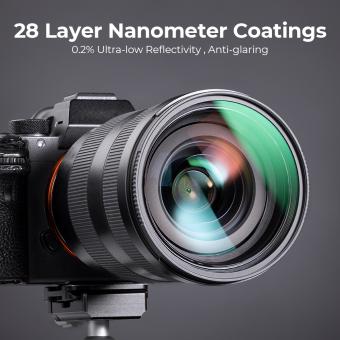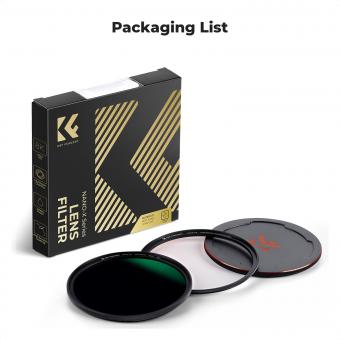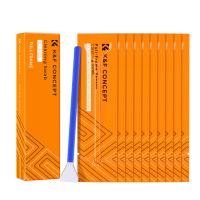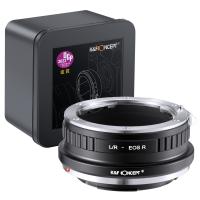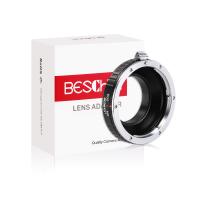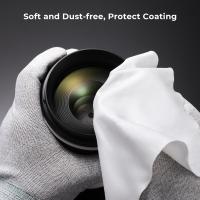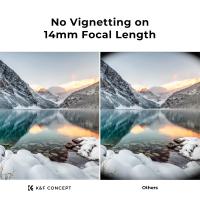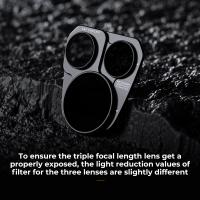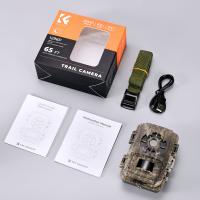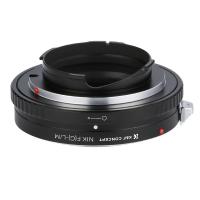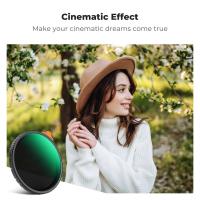How To Choose Lens Uv Filter ?
When choosing a UV filter for your camera lens, there are a few factors to consider. Firstly, ensure that the filter is the correct size to fit your lens. Look for the filter thread size indicated on your lens or check the lens specifications.
Next, consider the quality of the filter. Look for a reputable brand that offers high-quality optical glass or multi-coated filters to minimize any potential impact on image quality.
Additionally, consider the purpose of the UV filter. UV filters are primarily used to block ultraviolet light and protect the front element of your lens from scratches, dust, and moisture. If you frequently shoot in environments with harsh conditions or near water bodies, a high-quality UV filter can provide an extra layer of protection.
Lastly, consider your budget. UV filters are available at various price points, so choose one that fits your budget while still meeting your quality requirements. Remember that investing in a good quality filter can help maintain the overall image quality of your photographs.
1、 Types of UV filters for camera lenses
When it comes to choosing a UV filter for your camera lens, there are a few factors to consider. The primary purpose of a UV filter is to block ultraviolet light and protect your lens from potential damage. Here's a guide on how to choose the right UV filter for your camera lens:
1. Size: Ensure that the filter you choose matches the diameter of your lens. Most lenses have the filter size indicated on the front, or you can refer to the lens specifications.
2. Quality: Invest in a high-quality UV filter to maintain the optical performance of your lens. Cheaper filters may introduce image degradation, such as reduced sharpness or increased lens flare. Look for filters made with multi-coated glass to minimize reflections and maintain image quality.
3. Filter Type: There are two main types of UV filters - UV-absorbing filters and clear filters. UV-absorbing filters block UV light, while clear filters are primarily used for lens protection without affecting image quality. Consider your specific needs and preferences when choosing between the two.
4. Brand Reputation: Stick to reputable brands known for producing high-quality filters. Research customer reviews and seek recommendations from fellow photographers to ensure you're purchasing a reliable product.
5. Compatibility: Some lenses may have specific requirements or limitations when it comes to using filters. Check your lens manual or consult with the manufacturer to ensure compatibility.
6. Latest Point of View: In recent years, there has been some debate about the necessity of UV filters, as modern camera sensors are already designed to minimize the impact of UV light. However, UV filters can still provide an extra layer of protection for your lens, especially in harsh environments or when shooting in potentially damaging conditions.
Ultimately, the choice of a UV filter depends on your specific needs and preferences. Consider the factors mentioned above to make an informed decision and protect your lens while maintaining image quality.
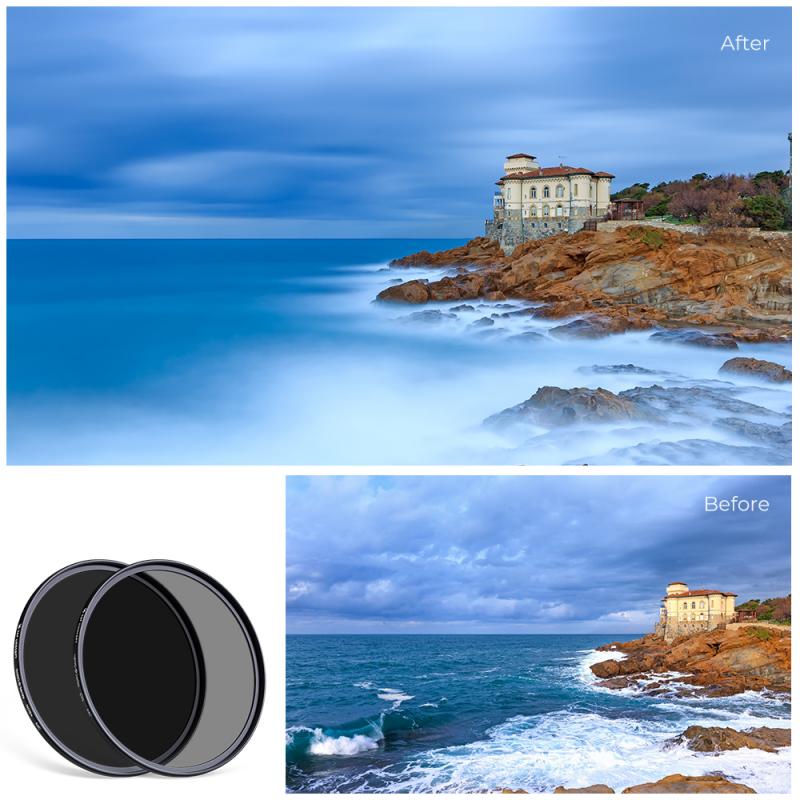
2、 Factors to consider when selecting a lens UV filter
Factors to consider when selecting a lens UV filter:
1. Quality: The most important factor to consider is the quality of the filter. Look for a reputable brand that uses high-quality materials and coatings to ensure optimal image quality. Cheaper filters may introduce unwanted artifacts or reduce image sharpness.
2. Size: Ensure that the filter you choose matches the diameter of your lens. Most lenses have the filter size indicated on the front, so make sure to check this before purchasing.
3. Coating: Look for a filter with multi-coating or anti-reflective coatings. These coatings help reduce lens flare and ghosting, resulting in better image contrast and color accuracy.
4. Filter Type: UV filters come in different types, such as clear, haze, and skylight. Clear filters are the most common and simply block UV light without affecting image quality. Haze filters can help reduce atmospheric haze and improve clarity, while skylight filters add a warm tone to images taken in shade or overcast conditions.
5. Filter Strength: UV filters are available in different strengths, usually indicated by a number such as UV-0, UV-1, or UV-2. The higher the number, the stronger the filter. However, keep in mind that stronger filters may also reduce light transmission and require longer exposure times.
6. Price: While it's tempting to opt for the cheapest option, investing in a higher-quality filter can make a noticeable difference in image quality. Consider your budget and balance it with the desired level of performance.
7. Latest Point of View: Some photographers argue that UV filters are unnecessary in digital photography since modern camera sensors have built-in UV filters. However, others still prefer using UV filters as a protective layer for their lenses, as they can help prevent scratches, dust, and moisture from reaching the lens surface.
In conclusion, when choosing a lens UV filter, prioritize quality, size, coating, and filter type. Consider the filter strength, price, and the latest point of view on the necessity of UV filters in digital photography.
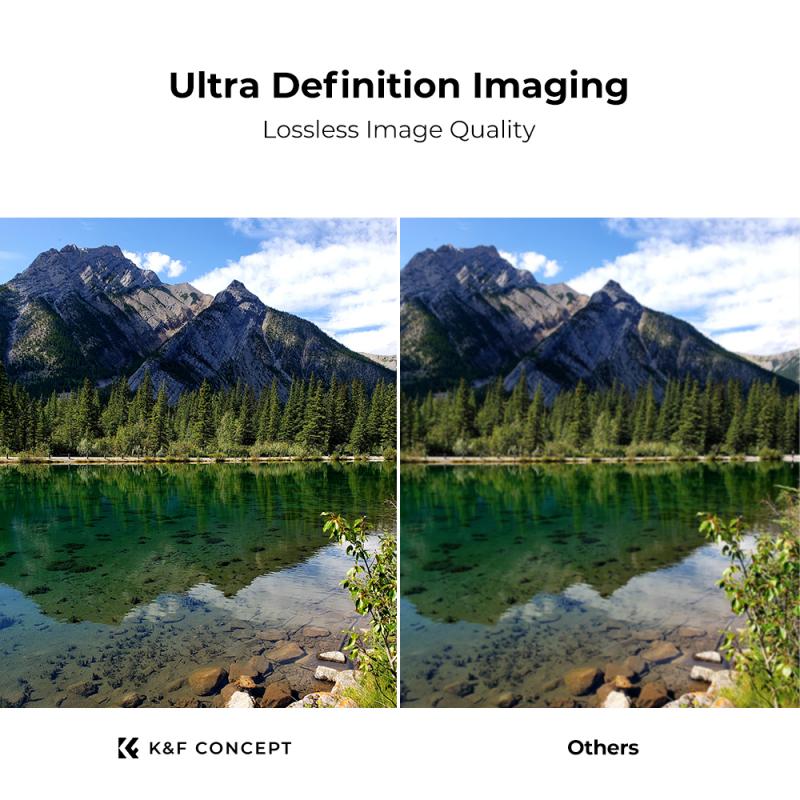
3、 Importance of multi-coating in lens UV filters
When it comes to choosing a lens UV filter, there are a few factors to consider. The primary purpose of a UV filter is to protect the front element of your lens from dust, moisture, and scratches. Additionally, it helps reduce the effects of ultraviolet light, which can cause hazy and washed-out images.
One important aspect to consider is the quality of the filter's multi-coating. Multi-coating refers to the layers of anti-reflective coating applied to the filter glass. This coating helps minimize lens flare and ghosting, resulting in sharper and more contrasted images. It also reduces the chances of unwanted reflections and glares caused by light bouncing off the filter surface.
The importance of multi-coating in lens UV filters cannot be overstated. It significantly improves the overall image quality and ensures that the filter does not introduce any unwanted artifacts or distortions. Without multi-coating, the filter may cause a loss of sharpness and contrast, particularly in situations with strong light sources or when shooting against the light.
In recent years, advancements in multi-coating technology have led to even better performance. Some filters now feature nano-coatings, which are even more effective at reducing reflections and improving image quality. These coatings are designed to repel water, oil, and dirt, making the filter easier to clean and maintain.
In conclusion, when choosing a lens UV filter, it is crucial to consider the quality of the multi-coating. Investing in a filter with excellent multi-coating will ensure optimal image quality and protection for your lens. The latest advancements in multi-coating technology, such as nano-coatings, offer even better performance and ease of maintenance.
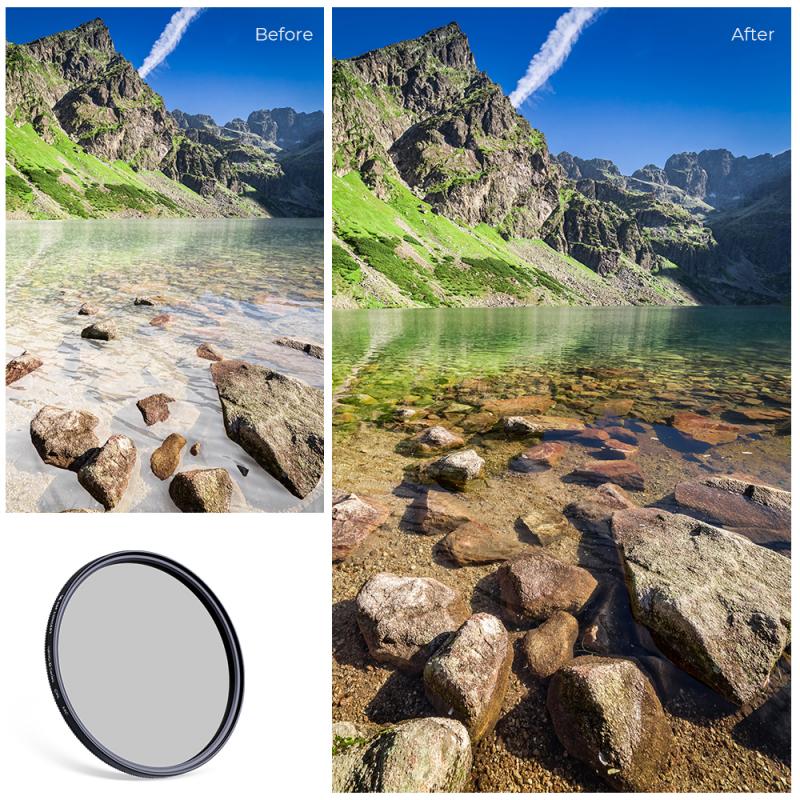
4、 UV filter size compatibility with camera lenses
When it comes to choosing a UV filter for your camera lens, there are a few factors to consider. The first and most important aspect is the compatibility of the filter size with your camera lens. Each lens has a specific filter thread size, which is usually indicated on the front of the lens or in the lens specifications. It is crucial to choose a UV filter that matches the filter thread size of your lens to ensure a proper fit.
To determine the filter thread size, you can either refer to the lens manual or physically measure the diameter of the lens barrel using a caliper. Once you have the correct filter thread size, you can easily find a UV filter that fits your lens.
Additionally, it is essential to consider the quality of the UV filter. Investing in a high-quality filter is crucial to maintain the optical performance of your lens. Look for filters made from high-quality materials, such as multi-coated glass, which helps reduce reflections and flare.
Furthermore, it is worth noting that some lenses have a built-in UV filter or coatings that provide sufficient protection against UV rays. In such cases, using an additional UV filter may not be necessary and could potentially degrade image quality. Therefore, it is advisable to research your lens specifications or consult with professionals to determine if your lens already has UV protection.
In conclusion, choosing a UV filter for your camera lens involves ensuring compatibility with the filter thread size and considering the quality of the filter. Additionally, it is important to be aware of whether your lens already has built-in UV protection. By taking these factors into account, you can select the appropriate UV filter to protect your lens and enhance image quality.
